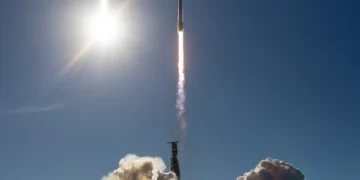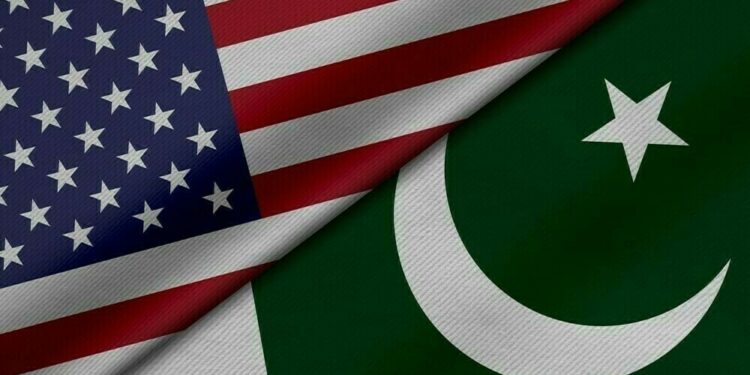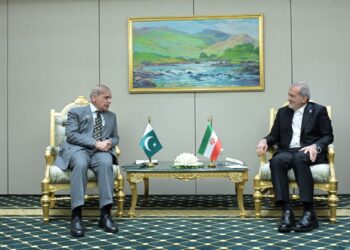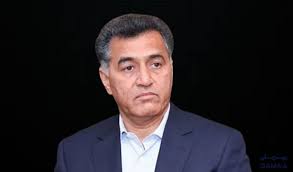Washington, D.C:Just days before the looming July 9 deadline, Pakistan and the United States successfully concluded a critical round of bilateral trade negotiations, resulting in a preliminary agreement that could redefine economic relations between the two countries. The deal aims to avert the reimposition of steep tariffs on key Pakistani exports and opens new avenues for cooperation in energy, infrastructure, and investment.
🤝 Historic Agreement Concluded After Four Days of Talks
A high-level Pakistani delegation, led by Commerce Secretary Javed Pal, arrived in Washington earlier this week to participate in four days of intense negotiations with their American counterparts. The talks focused on finalizing a long-term bilateral tariff framework that would ensure continued market access for Pakistani products in the US and promote reciprocal trade benefits.
After days of deliberations, the two sides reached a broad agreement on the terms of trade. While both governments have agreed in principle, a formal announcement will only follow once the US concludes similar ongoing trade negotiations with other partners.
“This agreement is a breakthrough for Pakistan’s exporters, especially in the textile and agriculture sectors,” said a senior Pakistani official on the condition of anonymity. “We’ve achieved clarity, stability, and a commitment to growth.”
⏳ Deadline Pressure: What Was at Stake?
The urgency of the talks stemmed from a critical July 9 deadline, by which a temporary suspension of 29% tariffs on Pakistani exports—especially textiles and agricultural products—was due to expire. If the talks had failed, Pakistan’s exports could have been hit with significant tariff barriers, threatening billions in annual trade.
The stakes were particularly high for Pakistan’s textile sector, which accounts for more than 60% of the country’s exports and relies heavily on access to Western markets. Pakistani officials were keen to secure an agreement ahead of the deadline to avoid any economic shock or uncertainty for exporters.
The US, meanwhile, sought greater market access for its products, along with commitments from Pakistan to improve transparency, trade facilitation, and enforcement of intellectual property rights.
📊 Key Features of the Tentative Trade Deal
While full details of the agreement will be released after formal ratification, the broad framework reportedly includes the following key provisions:
1. Tariff Relief for Pakistani Exports
- Continuation of zero or low tariffs on Pakistani textiles, apparel, rice, fruits, and vegetables.
- Prevents the reinstatement of a 29% tariff, which had been temporarily lifted.
- Includes a clause for annual review and performance-based extensions.
2. Opening Pakistani Markets for US Goods
- Increased imports of American crude oil and energy products.
- Streamlined customs procedures to facilitate US agricultural exports to Pakistan.
- Promotes trade in advanced machinery and industrial equipment.
3. Investment Opportunities in Strategic Sectors
- Greater US investment in Pakistan’s mining, energy, and infrastructure sectors.
- Prioritization of the Reko Diq copper and gold project, a massive resource initiative in Balochistan.
- Collaboration on energy infrastructure, including renewable power and gas pipelines.
4. Financial Partnerships and Export Credit
- Expanded role for the US Export-Import Bank in financing joint ventures and private sector projects.
- Facilitation of loan guarantees for US investors in Pakistan.
- Incentives for joint development projects involving public-private partnerships (PPP).
🌍 Strategic and Geopolitical Implications
This trade breakthrough not only holds economic significance, but also has strategic and geopolitical implications. After years of strained relations, particularly during the Trump administration, both countries appear to be rebuilding trust through economic diplomacy.
A New Phase in Pakistan-US Relations?
The bilateral relationship had suffered due to:
- Higher US tariffs on Pakistani goods imposed under previous US administrations.
- Pakistan’s growing economic ties with China, especially through the China-Pakistan Economic Corridor (CPEC).
- Suspension of US military and financial aid to Pakistan over geopolitical concerns.
However, with geopolitical dynamics shifting—including US efforts to balance China’s growing influence in South Asia—Washington has renewed interest in engaging with Pakistan through economic cooperation and soft diplomacy.
“This deal reflects a willingness on both sides to move beyond past frictions and build a more balanced and forward-looking economic relationship,” said a Washington-based trade analyst.
📈 Economic Impact on Pakistan
For Pakistan, this agreement could not have come at a better time. The country is recovering from years of economic stagnation, political instability, and devastating floods that disrupted agriculture and industry.
Benefits of the Trade Deal for Pakistan:
- Continued access to US markets for over $6 billion worth of exports annually.
- Improved investor confidence, especially in energy and infrastructure sectors.
- Potential for job creation in textiles, agribusiness, and logistics.
- Strengthening of Pakistan’s foreign reserves and trade balance.
Pakistan’s business community, particularly export-oriented industries in Faisalabad, Sialkot, Karachi, and Lahore, has welcomed the announcement. Industry leaders expressed hope that this deal will reduce uncertainty, attract FDI, and stabilize trade relations.
💬 Statements from Key Stakeholders
Pakistani Officials:
Commerce Secretary Javed Pal expressed optimism upon concluding the talks:
“We have secured a framework that protects Pakistan’s trade interests while opening up new areas of cooperation. The certainty this provides is vital for our exporters and investors.”
US Treasury Secretary Scott Besant:
“Significant progress has been made. We’re working with our partners to finalize trade alignments that reflect our shared economic priorities.”
🔍 Future Outlook: What Comes Next?
Although a formal announcement is pending, both governments are now working toward finalizing and signing the agreement in July 2025. Following the signing:
- Implementation guidelines will be issued to relevant trade bodies.
- A bilateral trade review council may be established to monitor progress.
- A series of business-to-business (B2B) meetings and trade expos are likely to be scheduled to promote investment.
Monitoring Compliance and Progress
The agreement will likely include:
- Performance benchmarks tied to market access and reform commitments.
- Mechanisms for dispute resolution and compliance monitoring.
- Annual review to assess effectiveness and recommend updates.
🧾 Summary of Key Details
| Aspect | Details |
|---|---|
| Agreement Reached | Yes, in principle |
| Formal Signing | Expected post US talks with other partners |
| Tariff Relief | Avoids 29% tariff reimposition on Pakistani exports |
| US Imports by Pakistan | Crude oil, machinery, agri products |
| Key Investment Sectors | Mining (Reko Diq), energy, infrastructure |
| Deadline Avoided | Agreement finalized before July 9, 2025 |
| Application Platform | Negotiated through bilateral trade talks |
📢 Final Thoughts
The Pakistan-US trade agreement represents a timely diplomatic and economic success. As Pakistan looks to diversify its trade portfolio and attract foreign investment, maintaining access to the US market is vital. This agreement not only averts a potentially damaging tariff reimposition but also signals a revival in bilateral trust and economic partnership.
Both nations have much to gain from this renewed engagement—and for Pakistan, this could be a stepping stone toward broader trade agreements with Western nations, leveraging its geostrategic location and export potential.
Keywords for SEO: Pakistan US trade deal 2025, Pakistan textile exports, PAK-US tariff agreement, Pakistan US bilateral trade, Reko Diq investment, US-Pakistan relations, export deal July 2025, Pakistan commerce ministry trade talks, US market access Pakistan, American investment in Pakistan.

























